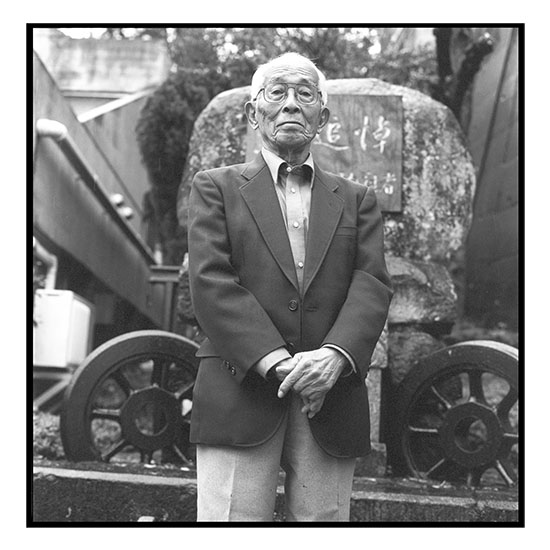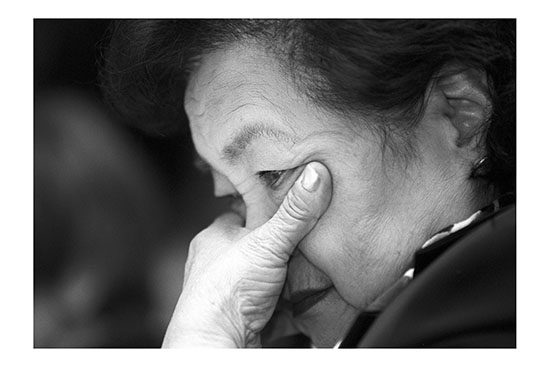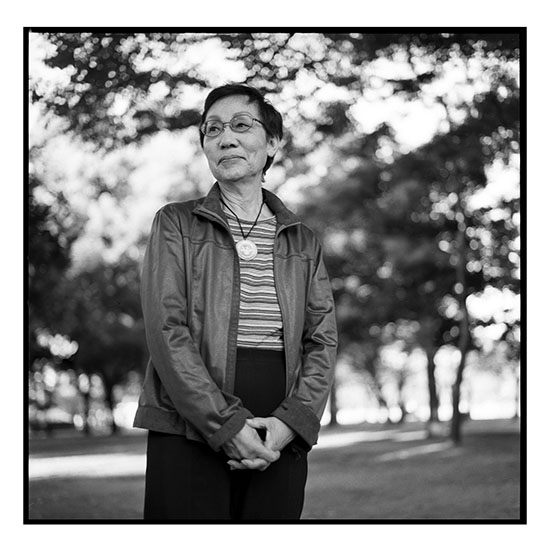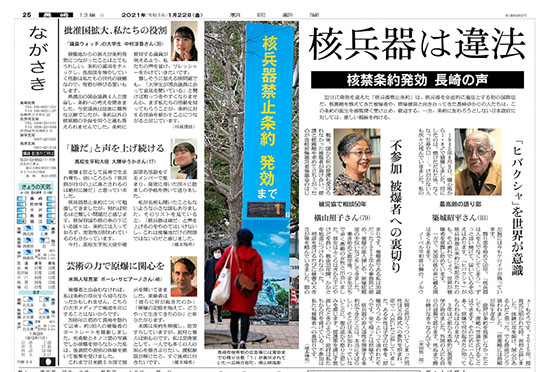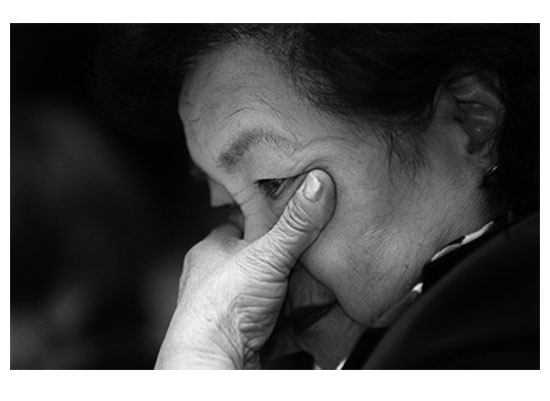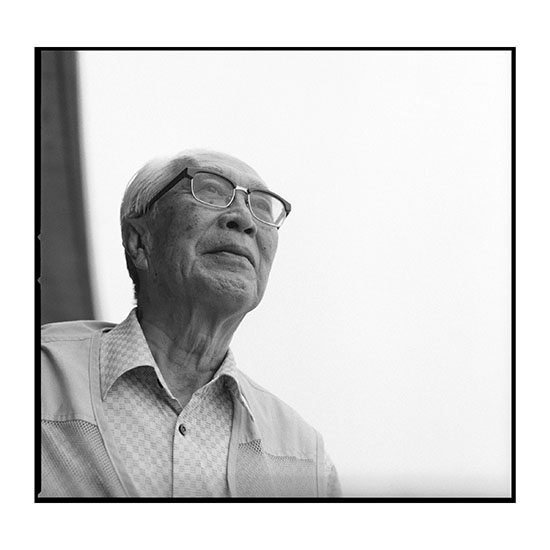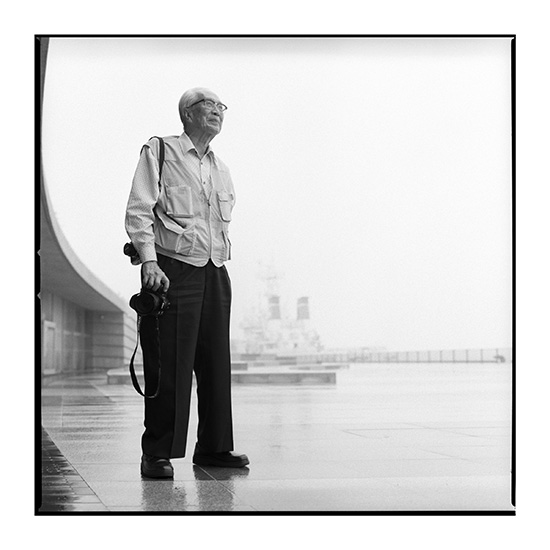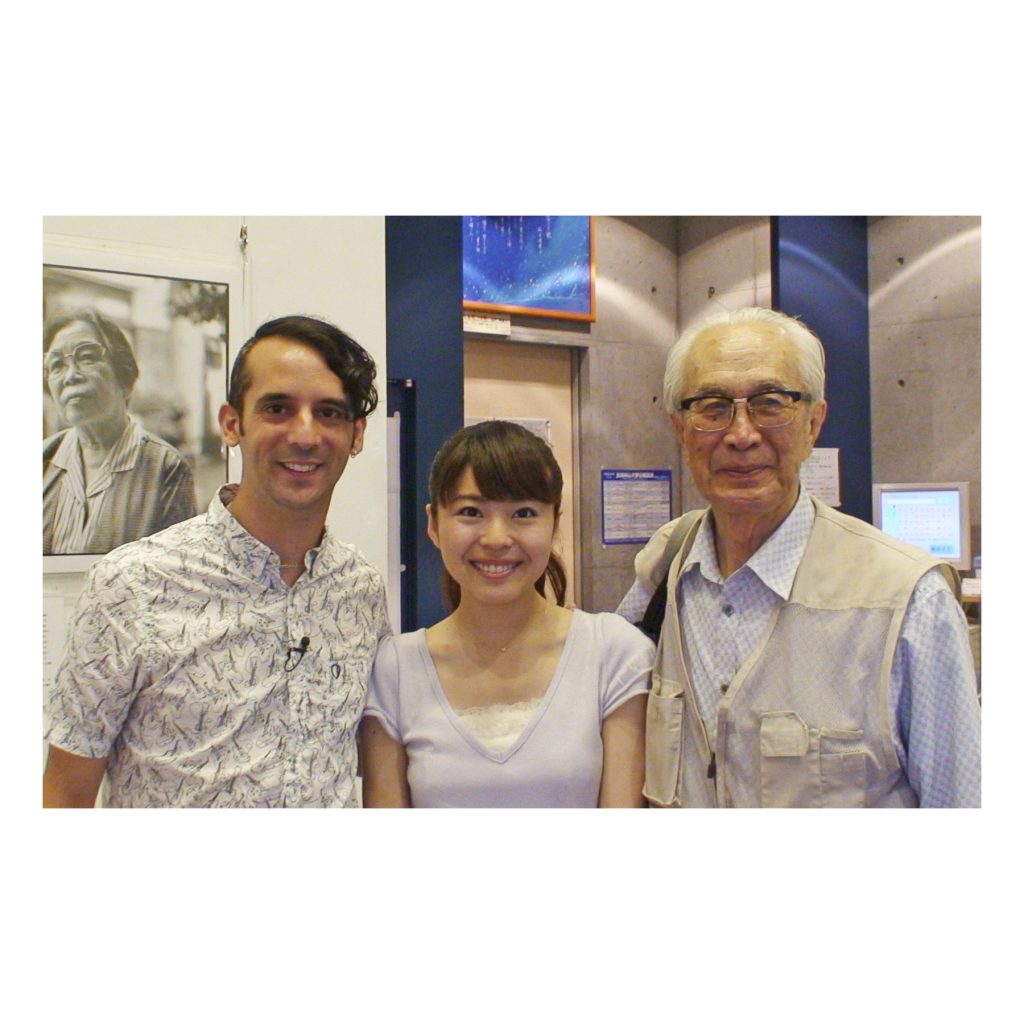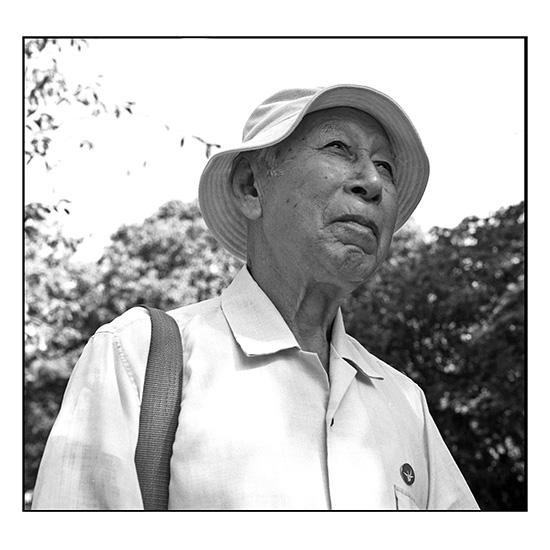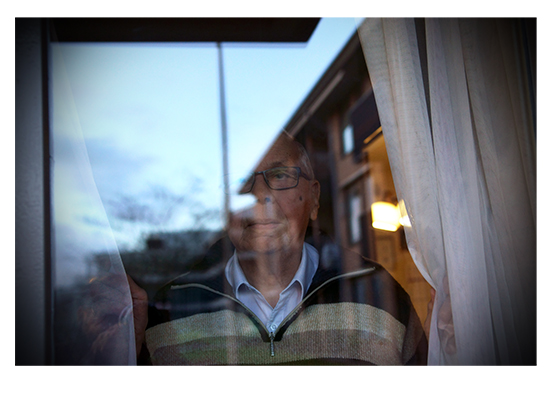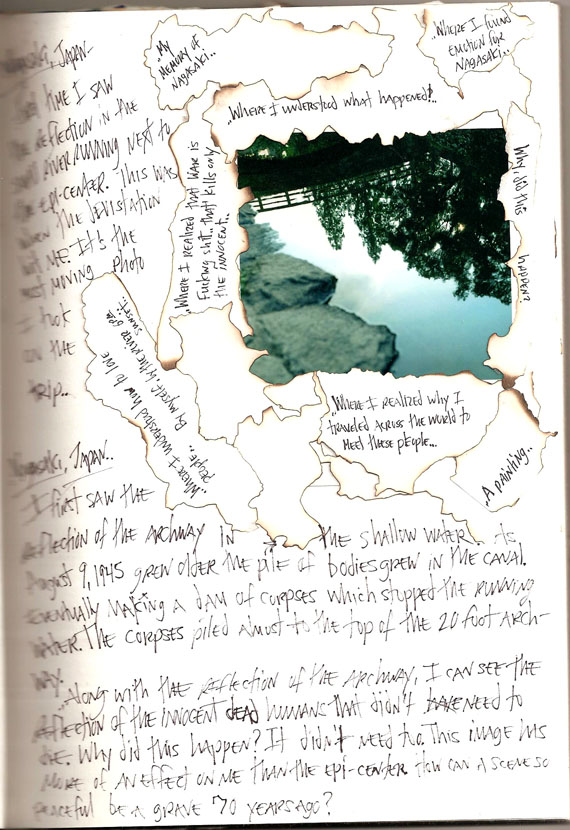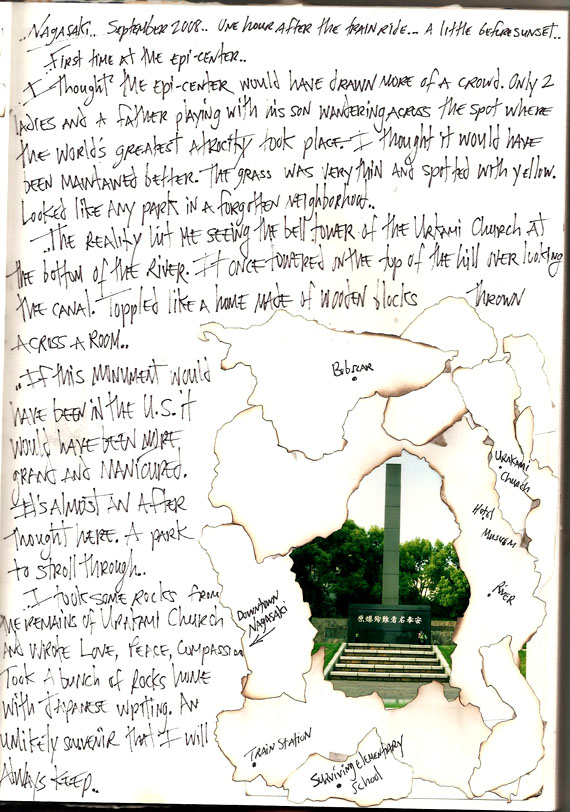“After the war I saw the photo of the mushroom cloud, but I thought they should have shown photos of the people underneath. It’s a bloody shame!” -Ron Schlote
A few weeks ago I was informed that Mr. Ron Scholte passed away last autumn at the age of 94.
Ron Scholte was serving in the Royal Netherlands East Indies Army (KNIL) when he was taken as a prison of war by the Japanese when they invaded Java in 1942 and later sent to Fukuoka Camp 14 in Nagasaki. He was used as a forced laborer until the end of the war in August 1945. He was one of 120 Dutch POWs to survive the atomic bombing of Nagasaki.
I had the privilege of photographing Mr. Scholte in January 2015. I had learned about his story and it took me a long time to find him. Even on the day of our meeting my train connections to the southern Netherlands were delayed because of a small snowstorm in Amsterdam. I arrived at his home as the sunset, hours late, and snapped this photograph when I caught him glimpsing out a window as I walked to the front door.
I didn’t think this would be the portrait I would use in the project. But as time passed and I thought about his story it made sense. When I look at this photograph, he is beginning to fade away in the reflection of the landscape. A few years prior, he had begun writing down his experiences in Nagasaki because he was diagnosed with dementia. The story was too important to be lost in his fading mind so I’m grateful he had documented his experiences in great detail. That day he was able to speak for hours about what he had seen in Nagasaki.
He was living alone but shortly after my visit was moved to an elderly home as his mind rapidly deteriorated. He lived a little less than four years after we met.
Not many people know that there were Dutch POW’s affected by the atomic bomb. Most of them died from various forms of cancer within ten years of 1945. The majority of Dutch people I speak to about Mr. Schlote and Mr. Buchel, the other Dutch POW I photographed, are shocked to learn about their stories.
戦後きのこ雲の写真を見たが、きのこ雲ではなく、その下の人々の写真を見せるべきだと私は思った。非常に残念でならない。
日本が1942年ジャワ島を侵略した当時、彼はオランダ帝国東インド軍におりに、日本の捕虜にされた。その後長崎にある福岡俘虜収容所第14分所へ移送された。1945年8月の終戦まで、彼は強制労働者として使われた。彼は長崎原爆生存者である120人のオランダ人捕虜のうちの1人である。
